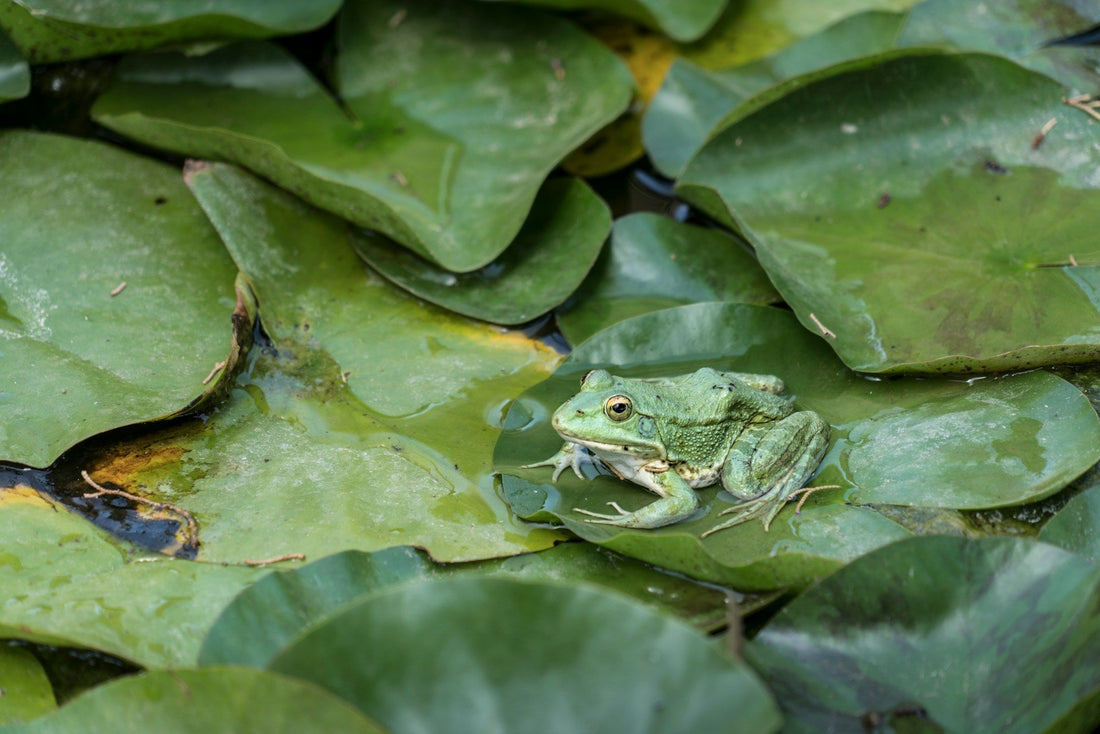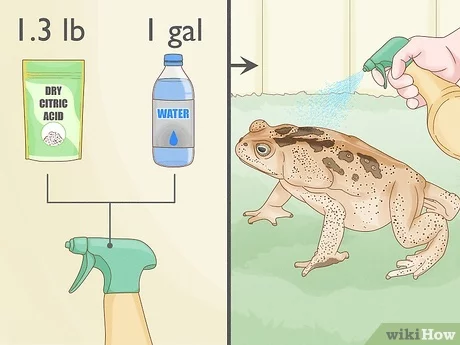Frogs are fascinating creatures that play a vital role in the ecosystem. However, having an overpopulation of frogs in your pond can lead to issues such as excessive noise, damage to plants, and an unbalanced ecosystem. If you find yourself dealing with an abundance of frogs in your pond and looking for ways to manage their population, here are some effective methods to help you get rid of frogs:
1. Remove Their Habitat:
One of the most effective ways to reduce the frog population in your pond is to eliminate their preferred habitats. Frogs thrive in areas with dense vegetation, so clearing the vegetation around your pond can discourage them from sticking around. By creating an open space around the pond, you make it less attractive for frogs to inhabit.
2. Install a Pond Cover:
Installing a pond cover is another practical way to prevent frogs from entering your pond. A pond cover acts as a physical barrier that stops frogs from accessing the water. Make sure the cover is securely fastened to prevent any gaps that frogs could slip through. This method not only keeps frogs out but also helps to protect your pond from debris and other contaminants.

Credit: www.pinterest.com

Credit: www.livingwateraeration.com
3. Use Natural Predators:
Introducing natural predators to your pond can help control the frog population naturally. Animals such as snakes, turtles, and certain fish species feed on frogs and can help keep their numbers in check. However, it is essential to research the predators that are suitable for your specific pond ecosystem to maintain a balanced environment.
4. Create a Frog Barrier:
Building a frog barrier around your pond can be an effective way to deter frogs from entering the water. Use materials such as rocks, gravel, or mesh to create a barrier that frogs cannot easily cross. Be sure to regularly inspect the barrier to ensure that there are no gaps or openings that frogs can exploit.
5. Use Repellents:
There are several natural and commercial repellents available that can help discourage frogs from frequenting your pond. Natural repellents like citric acid, garlic, or vinegar can be sprayed around the pond to create an unappealing environment for frogs. Commercial repellents formulated specifically for deterring frogs can also be effective in managing their population.
6. Install a Fountain or Water Feature:
Frogs are attracted to still water, so installing a fountain or water feature in your pond can help disrupt their habitat and make the environment less inviting for them. The movement and sound of flowing water can deter frogs from settling in your pond, reducing their presence over time.
7. Drain the Pond:
If the frog population in your pond has become unmanageable, draining the pond entirely can be a drastic but effective solution. By draining the water, you remove the frogs’ habitat and force them to relocate to a more suitable environment. Be sure to consult with a professional before draining your pond to avoid any negative impacts on the ecosystem.
8. Seek Professional Help:
If you have tried various methods to control the frog population in your pond without success, it may be time to seek assistance from a professional wildlife control service. These experts have the knowledge and experience to assess the situation accurately and implement effective strategies to manage the frog population in a humane and environmentally friendly manner.
By employing these methods, you can effectively reduce the frog population in your pond and create a more balanced ecosystem. Remember to prioritize environmentally friendly approaches and always consider the impact of your actions on the overall ecosystem. With the right strategies and persistence, you can successfully manage the frog population in your pond and enjoy a harmonious aquatic environment.




